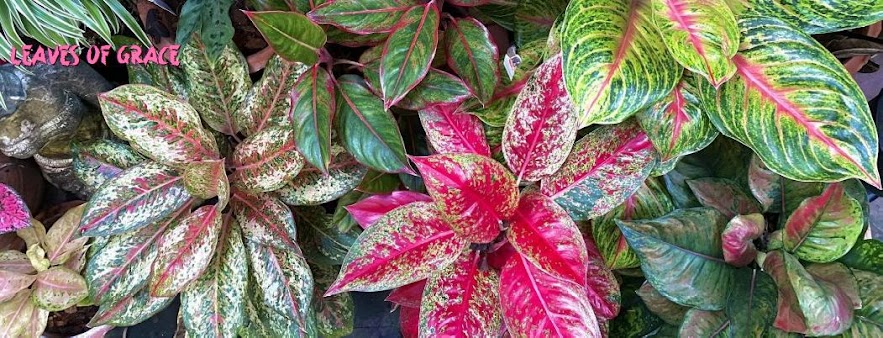He is the eight-year-old character in the Oh, Mateo! series of 15 books. In second grade, he lives in a small town in the Philippines and his environment (place, people, activities, and things) are purely Pinoy.
Mateo’s father is a poor farmer who works with his hands, so different from the wealthy, landed farmers in developed countries where farming is totally mechanized.
Putting dread aside, I read “Half and Half” to 30 fourth graders. The book uses tropical fruits to illustrate sharing. To my extreme delight, the kids listened with rapt attention and raced each other in asking questions.
One of them said, “I know two Philippine fruits—rambutan and atis!”
“Ooooh,” the class gushed.
In our group picture, the photographer (my daughter-in-law, who graciously acted as my adjutant) asked for sour faces. Half-listening, I thought she meant “wacky” as we like to do in this country. Uh-oh.
The event must have turned out so well, the principal invited me to also read to the third graders—and then to the first graders, too.
It was “The Secret Ingredient” (a story about doing one’s best in any task) for the third grade class. The response was just as enthusiastic. I must confess that I was expecting a noisy group—my impression of American kids from TV shows—but these 10-year-olds listened so well they asked all the right questions.
And last, the first graders. I didn’t think they’d have attention span long enough for a story, so I read them one of my concept books, “God’s Favorite Color” instead. It was much appreciated, but could I please read them a story? Ooops, wrong assumption again.
For these little ones it was “Angel with One foot” (a story about gratitude). And what do you know? I got total listening silence and a “thank you” note from each of them.
The lovely photos below tell the story of that one special day in the US of A when Teo made friends with 90 American kids.
 |
 |

















